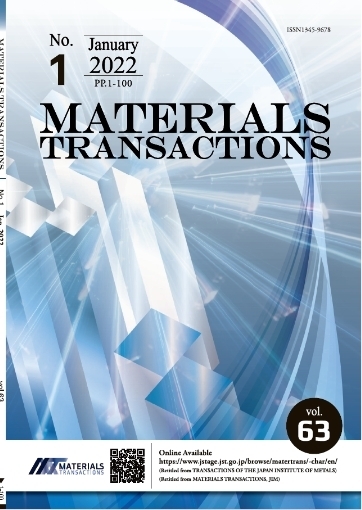R-Phase Structure Refinement Using Electron Diffraction Data
Dominique Schryvers, Pavel L. Potapov
pp. 774-779
抄録
The atom positions in the structure of the R-phase in a TiNi(Fe) intermetallic compound have been refined using the multi-slice least-squares method based on electron diffraction data obtained from 50 nm sized regions in a CM30 FEG TEM instrument. The refinement accounted for dynamic scattering including the specimen thickness and crystal misorientation as refining parameters. Compared with the original positions in the (111) planes of the parent B2 phase, each third Ti and Ni plane in the R-phase separates into three layers with different z-coordinates. This agrees with previous experiments in which it was concluded that the R-structure belongs to the space group P3 rather than P\\bar31m as determined earlier by convergent beam electron diffraction (CBED). However, our data reveal a centre of symmetry in the R-phase structure leading to the P\\bar3 space group (R-factor of 5.5%). Finally, it is suggested that the fine scale antiphase-like domains observed in the R-phase appear due to mirror planes over which the above mentioned atomic shifts in the structure are reversed. This phenomenon is expected to cause an artificial symmetry increase in the space group determination when using CBED with a probe size close to the size of the domains.










